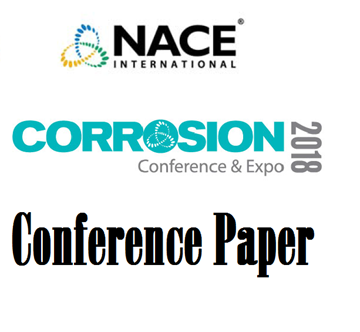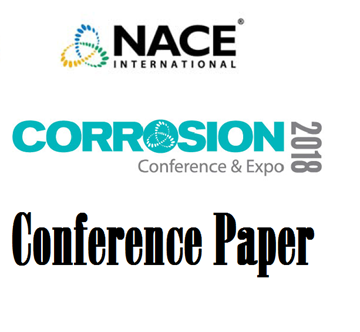Search
Corrosion Resistance Evaluation Of Super Duplex Stainless Steel In Supercritical CO2 Saturated Liquid Phase Containing Impurities O2 Or SO2
Also Purchased
51318-11429-Formation of strong acids in dense phase CO2
Product Number:
51318-11429-SG
Publication Date:
2018
$20.00
51318-10845-Droplet Corrosion on CO2 Transport Pipeline Steels
Product Number:
51318-10845-SG
Publication Date:
2018
$20.00
Corrosion Of Wrought And Cast Ni-Fe-Cr-Mo Alloys In High-Temperature Brines And CO2-Rich Supercritical Phases With Oxygen And Hydrogen Sulfide
Product Number:
51322-17882-SG
Publication Date:
2022
$20.00




